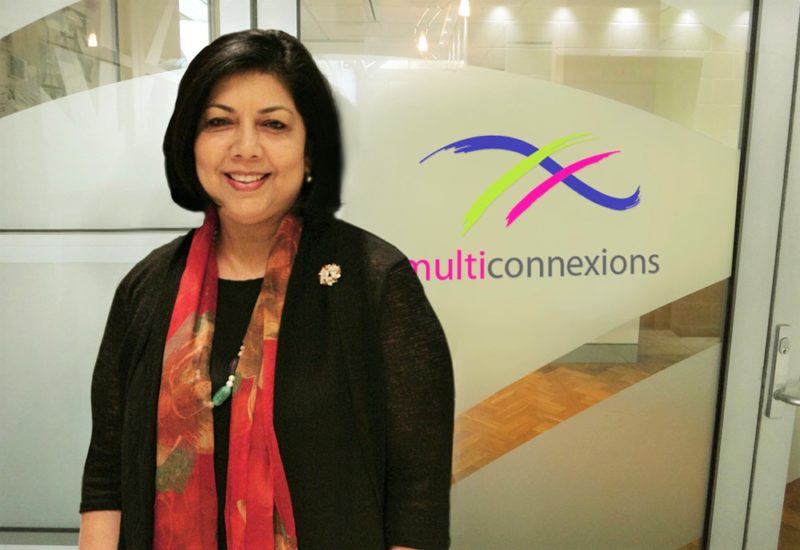Sheba Nandkeolyar on the implications of a growing migrant population for marketers
Last week the results from the 2021 Australian Census were released, revealing, amongst other things, that Australia is now a majority migrant nation, with 51.5% of all Australians having indicated that either they, or at least one of their parents were born overseas.
The changing face of the nation is something should not only be acknowledged, but embraced by marketers, with the growth of culturally and linguistically diverse communities in Australia opening up new audiences for Australian brands.


